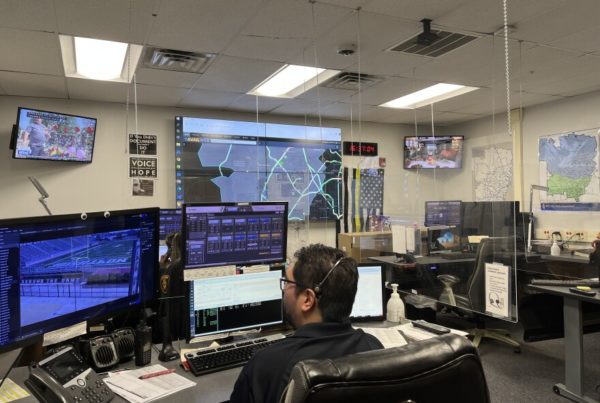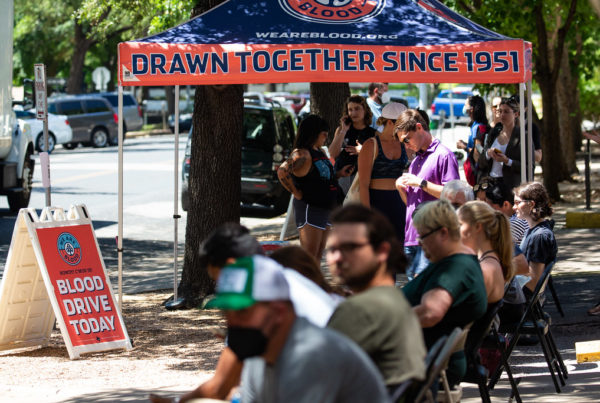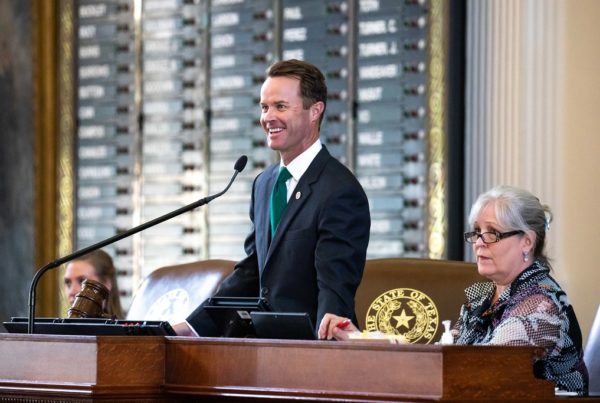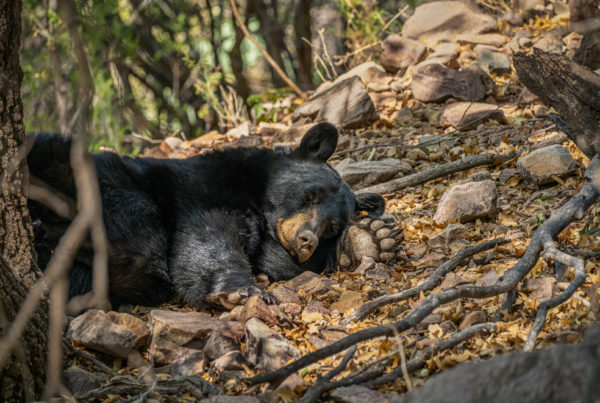From KERA:
A total of 74 aviation repair crews competed in Dallas last month at an international aerospace maintenance conference. Teams from American Airlines to the Royal Canadian Airforce tackled 27 different jobs on tight deadlines. North Texas students competed too, from Tarrant County College and Irving’s for-profit Aviation Institute of Maintenance, or AIM.
Teams in place at the different stations awaited the signal to start.
“Judges are we ready?” sounded the notice from the overhead speakers. “Alright, engineers, technicians and students. Ready, set, start!”
Contestant teams then began their maintenance challenge. One team had to rapidly replace cockpit windshields, another changed out flexible fluid lines. Whatever the task, teams had to meet safety protocols. Time-saving shortcuts could cost them points.
For AIM student and former Navy technician Shaun Currans, just learning to function in this field made him feel like a winner.
“I’m not really in it for the dollars,” said Currans. “I mean, everybody likes getting paid. I’m doing this because I love to. Money’s nice, but it’s not the end all – be all.”
Still, he and his fellow students have thought about pay. A&P technicians, that stands for airframe and power plant, make about $40,000 a year with regional carriers like American Airlines’ subsidiary, Envoy Air. Currans said when certified, he’ll have a job there. It can become a stepping-stone.
“American pulls mechanics from the ranks of all those regionals,” Currans said. “So if you’re good at what you do, they’ll bump you up to the major leagues, for lack of a better term. The general rule moving from a regional to a national carrier is oftentimes about twice as much. And that’s where the real fun begins.”
Veteran A&P mechanics can make six figures, said fellow AIM student D’Andre Jones, also former military. Like many of his student teammates, he’d been gainfully employed until Covid.
“When the pandemic first came, I got laid off,” said Jones. “I was sitting at home, and my wife says ‘why don’t you go to school in your downtime right now? That would be another certification that you have.’ And here I am now.”
The more AIM students KERA talked to, the more common Jones’ story sounded. They were all military veterans who had good jobs before COVID-19, but lost them when the pandemic ramped up. So they enrolled in aviation maintenance school, many on GI benefits.
“I was working on cars,” said 33-year-old Kyle Hulen, “living in New Mexico. I got on unemployment and that’s, pretty much after that, decided to move back to here and then I found this school.”
Hulen’s military background included hydraulics training and experience with helicopter engines. He wanted to get back in the field of flight.
Stuart Riley, an aviation maintenance instructor at Tarrant County College, is familiar with that calling.
“It’s a disease we love,” said Riley. “Once you start working airplanes, you just can’t get enough. When you fix an airplane, return it to service, you see the passengers fly away. It’s just something you enjoy. And to share that with my students and allow them to become, you know, good mechanics is just something that’s fun.”
Having fun was partly the point of the 2-day maintenance competition. As for the students, profit plays a part too, as they have the potential to grow in their jobs once employed in the field. A job they might not have found if not for pandemic layoffs.
As for contest results, Tarrant County College’s team took two firsts among the 27 maintenance challenges. Irving’s Aviation Institute of Maintenance fielded two teams. Competitors on the team KERA talked to placed 38th. AIM’s other team ranked 70th.














